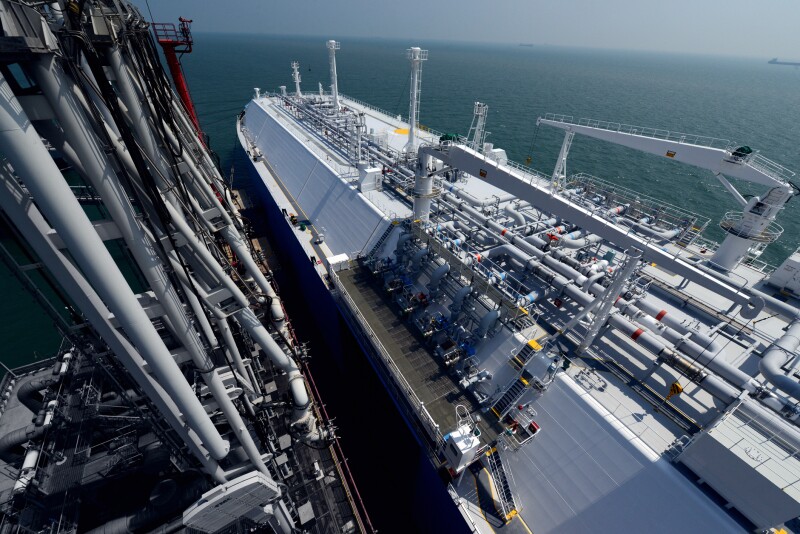Technip Energies announced this week its signing of a letter of intent to design and build a large-scale floating storage and injection (FSI) hub offshore Australia. The proposed project would be a world’s first since to date offshore carbon capture and storage projects use pipelines to transport CO2 to injection sites.
Called CStore1, the project’s lead development partners are Perth-based deepC Store (dCS) and Japanese shipping company Mitsui OSK Lines. The initial scope calls for an injection hub with a capacity of at least 1.5 mtpa of CO2 and with the potential to scale up to 7.5 mtpa.
The driver behind a multiuser hub according to dCS is to generate carbon credits and open CCS to industrial emitters that are located along either the northern or western coast of Australia. The company added that it may expand the project to include point-source emissions from Asia Pacific nations.
Terms of the preliminary agreement include using Technip Energies’ internally developed plans for a floating CCS facility along with the engineering of subsurface flow systems and wellheads. A timeline for a formal contract award was not mentioned in the announcement.
Under the concept, industrially sourced CO2 is to be liquefied at an onshore plant and shipped via specialized carriers to the FSI unit. Onboard the FSI unit, the CO2 is reheated prior to injections to avoid the formation of hydrates as its contacts reservoir rock.

FSI Concept Details
Technip Energies shared other details of the concept at OTC Asia held in Kuala Lumpur earlier this year.
While presenting OTC 31566, authors from the company said its scheme, called an Offshore C-Hub, could be built and begin injections just 3 years after being awarded a contract. Such a tight timeframe is achievable they said because the C-Hub design relies mostly on established technologies, many of which are borrowed from floating, production, storage, and offloading (FPSO) units.
A unique feature under Technip Energies’ vision is the small fleet of custom-built carrier vessels that are needed to move the CO2 from port to the FSI. It is suggested that for remote injection locations, these carriers would need to be about 250 m long to bring enough CO2 to support continuous injections.
A cost assessment included in the conference paper showed that about half the cost of an FSI would involve the building of its hull, storage system, and living-quarters. Injection processing equipment is estimated to represent just 20% of the total capex while the building and installation of a turret and mooring system would consume the rest.
Technip Energies considers the rapid delivery of floating injection hubs and the potential to relocate them as competitive differentiators from pipeline-based CCS projects that are connected to fixed offshore infrastructure. The company also estimated that the carbon footprint of its C-hub design would ultimately represent less than 2% of the CO2 it could potentially store over a 25-year span.
A location for the proposed FSI has not been announced, but dCS reports that it has identified a number of depleted oil and gas reservoirs along with saline aquifers that may be suitable candidates. The company also noted that a single hub facility may be positioned so that it can economically access multiple injection targets.
Other partners in the deepC Store project include Add Energy Group, Commonwealth Scientific and Industrial Research Organization (CSIRO), JX Nippon Oil and Gas Exploration Corporation, Kyushu Electric Power, Osaka Gas and Osaka Gas Australia, and Toho Gas.
For Further Reading
OTC 31566 A Floating Hub Solution for Offshore CO2 Injection and Sequestration by Audrey Lopez, Cyrille Dechiron, and Morvan Favennec, Technip Energies.


